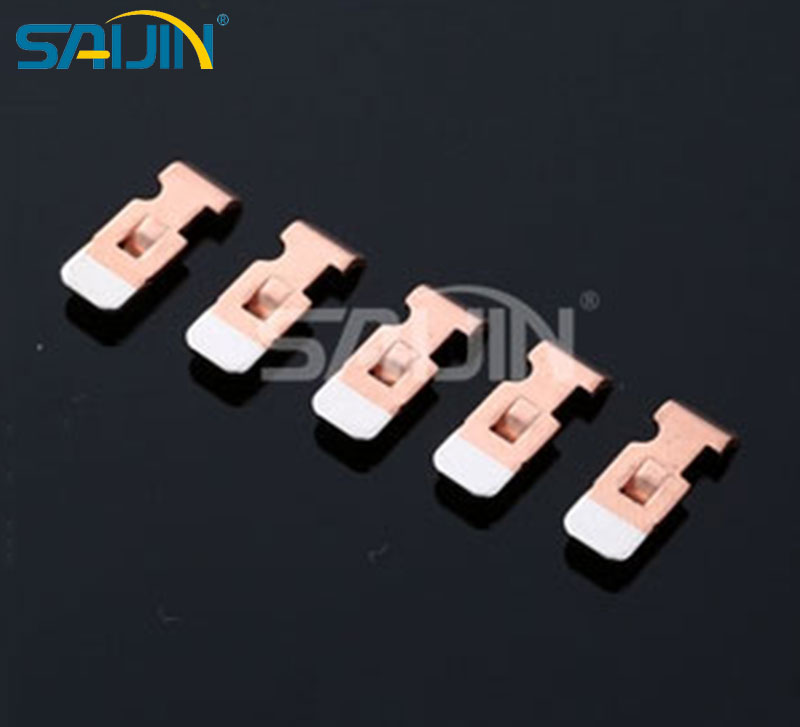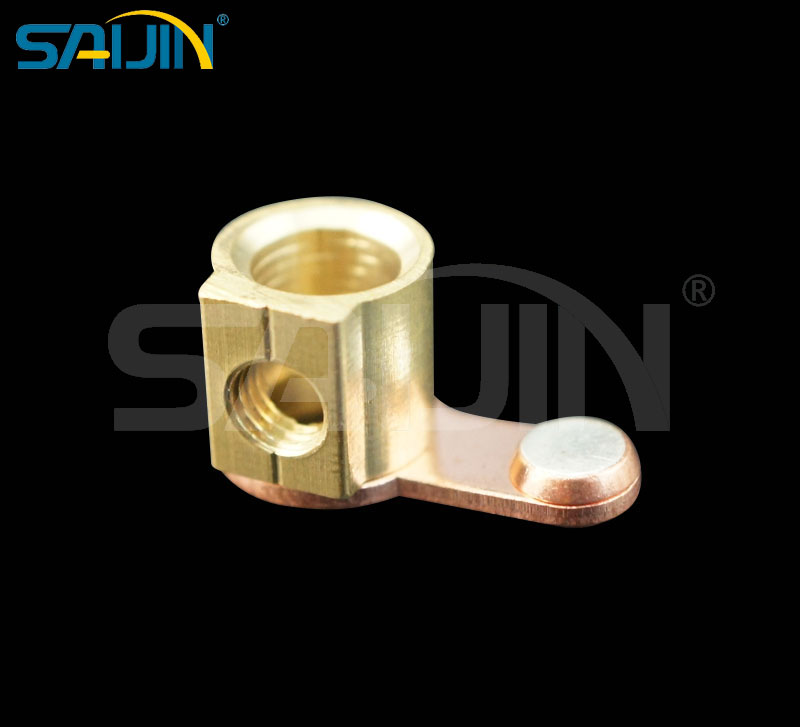What is Rivet Contacts?
Rivet contacts are essential electrical components used to create reliable conductive connections in switches, relays, thermostats, contactors, and various electronic or electromechanical devices. They consist of metal contact points mechanically riveted onto a substrate—typically copper, brass, or other conductive alloys. This riveting structure ensures strong bonding, long service life, and stable electrical performance under frequent switching operations.
Features and Advantages
Exceptional Connection Reliability: Rivet Contacts form a tight mechanical and electrical bond through the riveting process, which eliminates loose connections caused by vibration or thermal expansion. This reliability is crucial in applications like automotive engines, where constant vibration could otherwise disrupt electrical signals.
High Durability: Made from robust materials such as copper, brass, or stainless steel (often with plating like gold, silver, or tin for corrosion resistance), rivet contacts can withstand extreme temperatures ranging from -55°C to 125°C (or higher for specialized versions) and resist chemical erosion, ensuring long-term performance in harsh conditions.
Efficient Installation Process: The riveting process is relatively simple and can be automated using standard or specialized riveting tools, making it suitable for high-volume production lines. This efficiency reduces assembly time and labor costs compared to more complex connection methods.
Cost-Effectiveness: Despite their high performance, rivet contacts are cost-competitive, especially for mass production. Their long service life also minimizes maintenance and replacement costs over the product’s lifecycle.
Versatile Compatibility: They are available in a wide range of sizes, shapes, and configurations to accommodate different wire gauges, circuit board types, and mounting requirements. This versatility makes them adaptable to diverse applications across industries.
Types of Rivet Contacts
1. Solid Rivet Contacts
Single metal composition (e.g., pure silver).
Simple structure with stable conductivity.
Common in low- to medium-load applications.
2. Bimetal Rivet Contacts
Two-layer structure: precious metal contact + conductive base.
Reduces costs by using less silver.
Widely applied in switches, relays, and light-load devices.
3. Trimetal Rivet Contacts
Three-layer structure: silver alloy + copper interlayer + base metal.
Provides better thermal performance and bonding strength.
Ideal for higher current or arc-intensive applications.
4. Multiple-Head Rivet Contacts (Twin Rivets)
Two or more contact heads on the same rivet.
Used in double-throw or multi-point switching devices.
Ensures synchronized operation and consistent contact pressure.
5. Composite Rivet Contacts
Contacts made of combined materials (e.g., AgSnO₂ on Cu).
Enhanced arc resistance and mechanical strength.
Suitable for high-load industrial control systems.
FAQ
Q1: What is the difference between Rivet Contacts and regular connectors?
A: Regular connectors are typically removable or pluggable, while rivet contacts create a permanent or semi-permanent connection. Rivet contacts prioritize mechanical stability and long-term reliability in harsh conditions, whereas regular connectors focus on convenience and ease of disconnection.
Q2: How to choose the right type of Rivet Contact for my application?
A: Consider factors such as the operating environment, required electrical conductivity, wire gauge or component size, and installation method. For example, choose stainless steel for corrosive environments and copper for high-conductivity needs.
Q3: Can Rivet Contacts be reused?
A: No, most rivet contacts are designed for one-time use. Once riveted, the mechanical bond is permanent, and attempting to remove or reuse them may damage the contact or the connected components.
Q4: What tools are needed to install Rivet Contacts?
A: The tools depend on the size and type of rivet contact, but common options include manual riveters, pneumatic riveting tools for high-volume production, and specialized dies to ensure proper riveting depth and pressure.
Q5: Are Rivet Contacts suitable for high-current applications?
A: Yes, when made from high-conductivity materials and properly sized, rivet contacts can handle high currents. They are often used in power distribution systems and heavy machinery for this reason.




